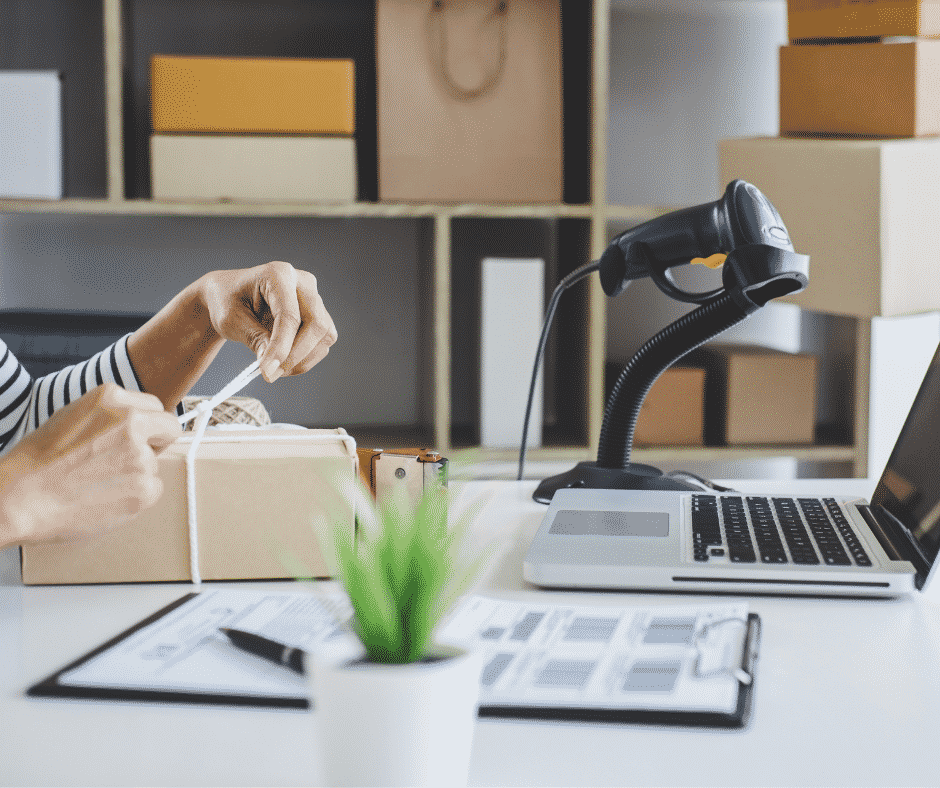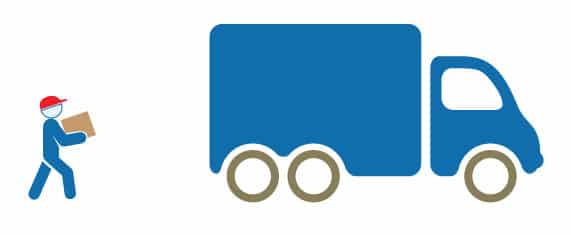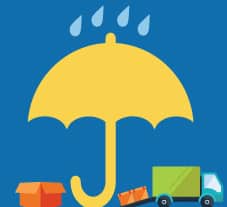Much of the story of 2021 will be based on recovering from the bruising COVID-19 pandemic that defined 2020. Businesses around the world suffered as their supply chains broke, demand fluctuated wildly, and new health and safety restrictions – including thoughtfully crafted ones – made businesses harder to operate.
As a natural response to hard times, many people like to look back and say “is there anything we could have done better?” Learning something from tragedy and misfortune helps us not only prepare for the future, but to process the past.
With that in mind, we’re going to talk about three lessons that we learned from the COVID-19 pandemic that are relevant to eCommerce store owners.
Remembering How 2020 Felt (So We Can Learn From It)
As history moves inexorably forward, we will forget many of the details of the pandemic. We should not forget how March and April 2020 felt, though. This uncertainty led to businesses and governments trying wildly different techniques to prepare for the unknowable future. Now we can look back and see what worked and what didn’t. That wasn’t an option ten months ago.
First, as early as January and February, the supply chain was experiencing disruptions. Soon, travel restrictions prevented the free flow of goods. People started to panic buy unexpected items, such as toilet paper. Shipping prices, including freight, fluctuated quickly. Many businesses were left without backup suppliers for critical business needs.
Then, eCommerce started growing. The statistics alone tell an amazing story. Between the holiday seasons of 2019 and 2020, online sales grew by 33%. That was a quick enough spike to overload many fulfillment centers and slow down postal carriers. (BigCommerce, by the way, has a great post on how COVID-19 changed online shopping behavior. It’s worth a read.)
While eCommerce stores boomed, brick-and-mortar stores closed. Many businesses didn’t have the cash needed to survive, and even mega-stores like Walmart had to pivot quickly to hybrid eCommerce and in-store business models.
Spread over five years, this eCommerce growth would have been manageable. All these changes, save for social distancing, would have likely happened in some form anyway. It’s just the short time scale that caused chaos.
Remember how chaos feels.

Adapting to Massive eCommerce Growth
Of course, this all paints a terrible picture of last year. And, yes, the pandemic is truly, almost unimaginably tragic in its scale. We can’t forget that. Even as we discuss business, don’t forget the human element.
Still, even in the midst of all this, there is hope for creating a better future. Some business owners, particularly in eCommerce, have shown that. There is still much to learn.
“Too much of a good thing can be a bad thing.” This dusty cliche truer than anyone could have expected last year, at least regarding eCommerce growth. Many online businesses had to adapt to the sheer amount of traffic they were getting, which led to:
- Shortages of inventory on random items (looking at you, toilet paper)
- Slow shipping due to overtaxed postal carriers
- Trouble fulfilling orders quickly enough
Many businesses had to alter the way they ran their operation in order to accommodate these changes. Many succeeded, and you don’t have to look far for success stories.
We’ve worked with a lot of small businesses ourselves, and here are some general lessons that we learned from the ones who managed to thrive under pressure.
Lesson 1: Focus on Resilience

One of the dominant ideas of the last decade was the idea of “lean processes.” After the Global Financial Crisis of 2008, most businesses were extremely proactive about cutting expenses and becoming more efficient. On the surface, this sounds amazing. After all, we’ve even advocated for lean supply chain management ourselves.
But there’s one problem with that mentality. It’s a doozy and it’s obvious in hindsight. If something really unlikely happens, a business might not have the resources needed to weather the storm. For example, investing most of your cash into things that grow the business is good, except for when your revenues suddenly dry up for 2 weeks straight and you don’t have cash on hand.
The businesses that handled the COVID-19 pandemic and its economic crash best were the ones that had a back-up plan for freakish emergencies. In other words, they focused on resilience over raw efficiency. This is something worth keeping in mind, as we head into a time which seems to be rife with instability and uncertainty in a number of different ways.
Lesson 2: Society Keeps Going, Even with Change
Humanity is unbelievably tough. We can bear the unimaginable surprisingly well, and with humor and dignity to boot. In March 2020, the freeways of Los Angeles were barren. The streets of Venice were empty. Convention halls and movie theaters were shuttered. Grocery stores had little left on the shelves.
Yet a month later, or perhaps two, something like a new normal started to emerge. In some places, that meant a burgeoning online economy. In others, it meant the resumption of day-to-day life with masks and social distancing.
You certainly have your own opinions about how to stay safe from COVID-19 by now. We all have our own individual risk calculations going on in our heads about what’s safe and what’s not. But even in disagreement, and even physically separated, life didn’t stay frozen for long. By and large, people continued to work, and love, and find ways to spend time with their friends – even if from their homes and under CDC guidelines.
For many business owners, that meant finding a way to continue to pursue dreams and goals, even with some changes. Folks we’ve worked with have admirably kept busineses going. They’ve done so even while adjusting their goals based on business changes or taking extra time to maintain their mental or emotional well-being.
Human energy can’t be broken, which means that…
Lesson 3: Crises Force Innovation
We have seen innovation on a large scale this past year due to many businesses trying to survive. We talk about small business a lot, but we can’t forget that even big corporations managed to pivot.
Here are a few examples:
- Kroger and Whole Foods turned some of their locations into fulfillment warehouses.
- Walgreens started offering grocery delivery.
- Walmart has started ambitious experiments with their business processes too.
If these corporations, with their decades of ossified processes and innumerable stakeholders can turn around, there’s hope even still for the small business too.
Indeed, you don’t have to be listed in the S&P 500 to pull off a quick change trick, and many small business owners proved it this year. The LA Times article we linked earlier, shares a few inspirational examples. Here are two:
- Belva Anakwenze of Abacus Financial Business Management started offering financial advice meetings in her driveway, properly socially distanced.
- Joe Davy of Banzai International Inc. switched from in-person conferences to virtual events. Most businesses haven’t navigated this change well, but his company managed to actually double its revenue.
And, of course, offices across the world have switched to remote work. Many have found that it’s even more productive, at that.
Final Thoughts
Navigating the COVID-19 pandemic has been very, very hard. Many businesses have struggled and many people have suffered.
Yet as dark as last year was, and as dark as the remainder of the pandemic is likely to be, a few glimmers of positive change shone through. We cannot undo the bad things that have already happened. But if we focus our attention on what we can learn and improve, then we can make tomorrow better. That’s worth something.
You’ve done everything by the book. Your Kickstarter campaign is almost ready to launch.
You made a great product. Built an audience. Set up a campaign page.
But how do you ship it?
We put this checklist together to help you get started. It's free.





